The mulberry is a long-lived and prolific fruit tree with sweet blackberry-like fruits and a lovely ornamental habit. The National Collection of mulberries is held by The King in the royal gardens in London and it includes a few specimens that are well over a century old! You can grow your own mulberry trees in the ground or in a patio container. Just one of the many fruit trees sold online at Suttons, here’s how to get your mulberry off to a strong start…
What are mulberries?
Although they’re mainly grown for their fruit, mulberry trees have ornamental merit too. Featuring a broad crown of lovely heart-shaped leaves, these deciduous trees put on a lovely autumn display before dropping their leaves for winter.
The white mulberry (Morus alba) is native to parts of Asia where it’s the sole food of silkworms. The red mulberry (Morus rubra) is native to North America where the wood is especially prized for smoking meats. Here in the UK and Europe, the most common variety is the black mulberry (morus nigra). Packed full of anthocyanins, its dark fruits look very similar to blackberries and taste super sweet. They’re hard to find in the supermarket, so it makes sense to grow your own supply!
The best mulberry varieties

Image: Mulberry ‘King White’ from Suttons
Full-sized mulberry trees ideally need to be planted in the ground with plenty of room to spread out. Choose a dwarf variety if you have a small garden or a container on the patio. Here are some of our favourite mulberry trees to grow outdoors in the UK:
- Mulberry ‘King White’ (Morus macroura) – The sweetest white mulberry, this variety produces delicious fruits that grow up to 10cm long and are virtually transparent when ripe. At maturity, expect your tree to reach a spread of 12m and a height of 10m, with an ornamental, weeping habit.
- Mulberry ‘Charlton House’ (Morus nigra) – Originating from the oldest mulberry tree in England, you may have to wait a few years for your tree to fruit, but the sweet black berries are worth it! Reaching a height of 12 metres, the attractive heart-shaped leaves turn bright buttery yellow in the autumn.
- Dwarf Mulberry ‘Charlotte Russe’ – Named after a French pudding, this sweet dwarf variety produces berries from May until September in the first year following planting! Maturing at 1.5m tall, it’s a perfect choice for a container or small garden.
- Dwarf Mulberry Bush ‘Charlotte Russe Standard’ – A striking statement, this mulberry standard is pre-trained from the dwarf ‘Charlotte Russe’ to form a stylish single main stem. Reaching just 1.5m tall, it produces sweet dark berries.
How to plant mulberries in the ground

Image: Roman Kutsekon/Shutterstock
To plant your mulberry tree in the ground, choose a sunny position with plenty of space so that it can reach its full size. Unless you’re growing a dwarf variety, allow at least 4.5m on either side, and choose a spot that’s sheltered from cold winds:
- Dig a hole deep enough to accommodate the root ball.
- Water the base of the hole.
- Bang a sturdy stake in the hole to support your developing tree and protect from wind rock.
- Plant your tree and loosely secure it to the stake with twine.
- Mulch the tree and water in well.
How to grow mulberries in containers
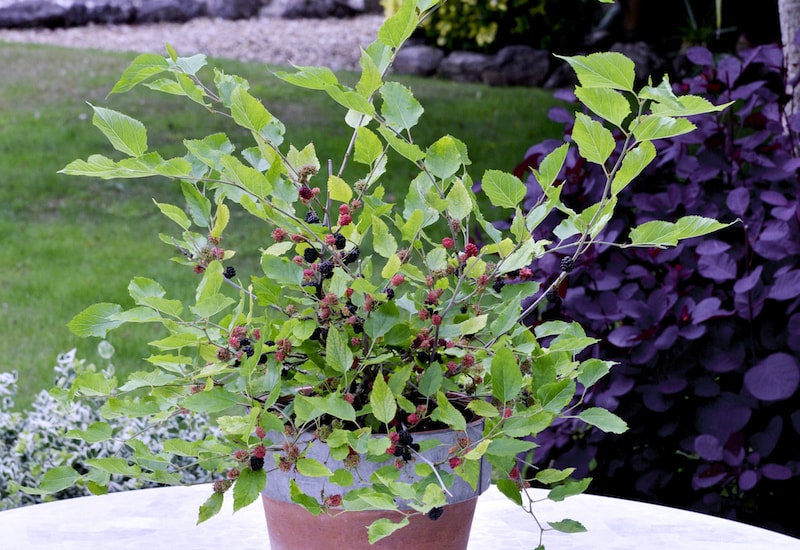
Image: Mulberry ‘Charlotte Russe’ from Suttons
If you don’t have space for a large tree, try growing a self-pollinating dwarf variety like Mulberry ‘Charlotte Russe’. Winning the Plant of the Year Award at RHS Chelsea Flower Show in 2017, this compact specimen reaches just 1.5m tall, making it suitable for sunny beds, borders and patio containers.
Mulberry ‘Charlotte Russe’ is fully hardy and fruits on both old and new wood. This means you’ll have a decent crop of berries from the very first year. The juicy fruits appear continuously from May until September and don’t contain pips. Here’s how to plant your mulberry tree in a container:
- Choose a large heavy bottomed container, at least 20L, with good drainage holes.
- Fill with high quality tree compost.
- Mulch the potted tree with well-rotted manure to improve soil water retention.
- Place the container in full sun.
- Water your mulberry and prevent it from drying out while it gets established.
- In future years, keep an eye on the soil moisture levels inside the pot, keeping it well watered in summer.
- Feed your potted mulberry every few weeks during the growing season with balanced feed or liquid seaweed.
- Refresh the compost in the container every year or two by replacing the top layer.
- Check the pot every spring, and if the roots have filled the container, transplant it to a larger pot.
- Prune as lightly as possible.
How to prune mulberries
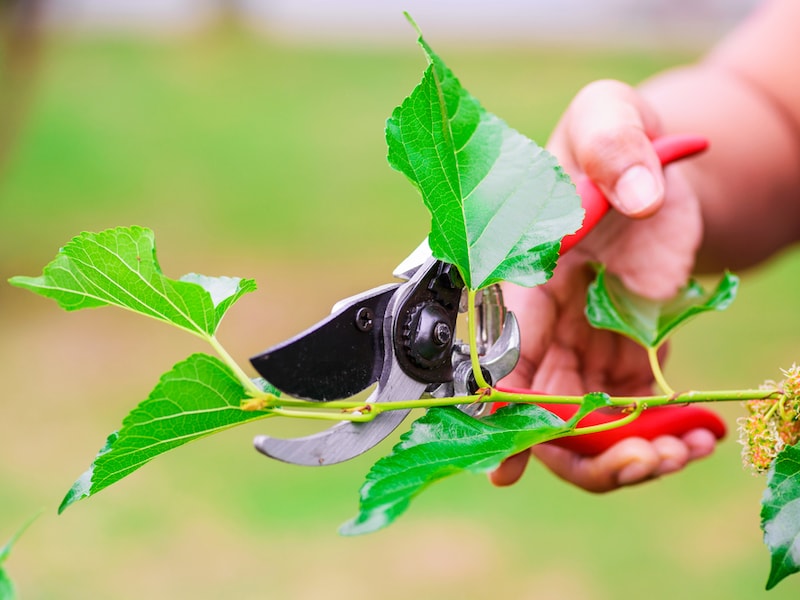
Image: Take Photo/Shutterstock
Mulberries don’t appreciate lots of pruning, so try to be economical with the amount of cuts you make and only prune every few years or so. If you need to prune, wait until your tree is dormant during the winter months. Remove damaged, diseased or dead branches using clean secateurs or loppers, making sure to leave a clean cut. You can open up the centre of your tree by removing crossing growth, cutting any branches back to an outward facing bud, and gently shaping the tree to how you want it to look.
Mulberry pests and diseases
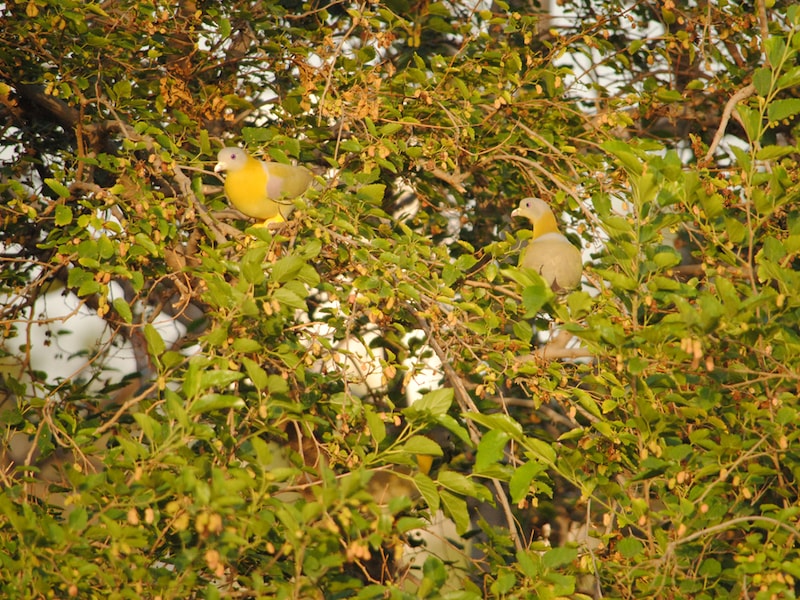
Image: Vanshika Ahuja/Shutterstock
Mulberry trees are relatively pest and disease free. Any problems are most likely to be caused by:
- Birds. Pigeons are attracted to the ripening berries. Protect your mulberry bushes with netting, checking regularly during fruiting to make sure no birds have become trapped. For larger trees that are too big for netting, deter birds with shiny cds or a noisy bird scarer.
- Mildew. This fungal disease is visible as powdery grey or white splodges on leaves. Remove infected foliage, and prune the tree to open up the interior and improve air flow. This disease isn’t fatal, but can be treated with a fungicide in bad cases.
If you notice your mulberry tree isn’t fruiting, it may still be putting its effort into growing to maturity. Some types of mulberry can take up to eight or nine years from planting to fruit properly, so patience is key.
How to harvest mulberries
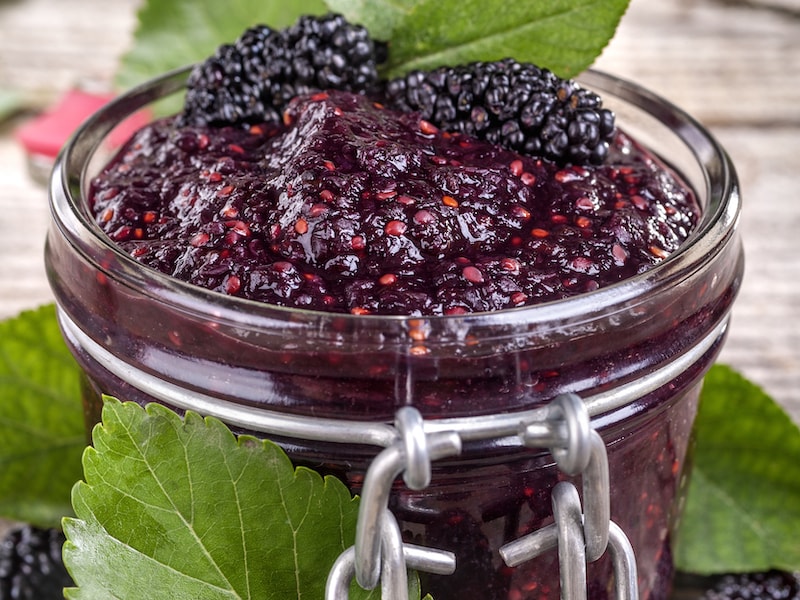
Image: Mulberry ‘Charlton House’ from Suttons
Harvest your mulberries in August and September by vigorously shaking the tree to loosen any ripe berries. Just lay out a sheet below to catch them. Alternatively, gently pull at a berry and, if ripe, it should come away from the stem easily. The dark fruits can stain light clothes so dress carefully when you harvest.
Mulberries have a very sweet flavour and are delicious when eaten straight from the tree but you can also freeze or dry any excess. Use your tasty mulberries just like you would raspberries or blackberries: sprinkle them onto porridge or granola, whizz them up into smoothies and juices or bake them into cakes and muffins. Mulberry jam is delicious too!
Mulberry wine recipe
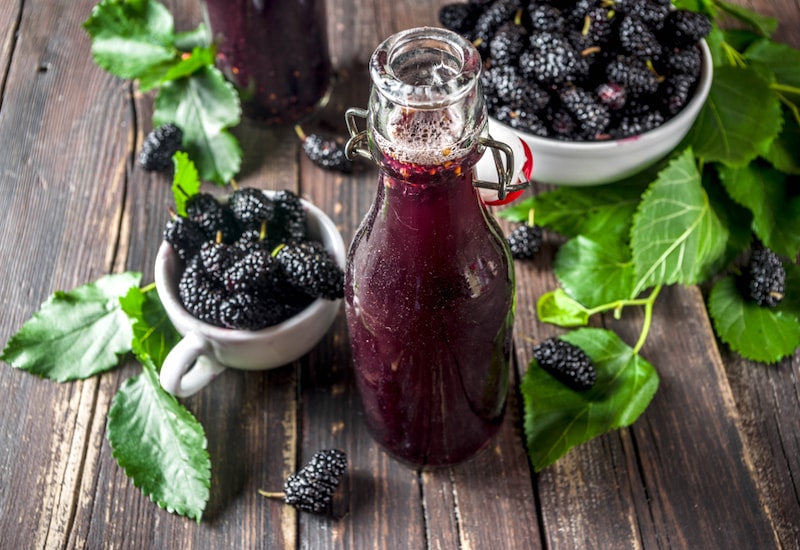
Image: Shutterstock
You will need:
- 1.8 kg mulberries
- 4.5 litres water
- 1.6kg sugar
- 21g yeast
- Place the mulberries in a large bowl and crush them with the back of a wooden spoon.
- Boil the water and pour it over the fruit.
- Stir gently, adding the sugar until it dissolves.
- Mix the yeast with a little of the warm water and add it to the fruit.
- Cover and leave in a warm place to ferment. After 4 days, strain through butter muslin and pour into a fermenting jar.
- Leave until the fermenting has finished then move to a cool place for a week. Bottle and keep for a year before sampling.
We hope you’ve found our mulberry growing guide helpful. Share images of your mulberry trees with us via social media using #mysuttonsjourney — we love to hear from you!
Lead image: Nomad_Soul/Shutterstock
Last Updated on November 8, 2024 by Suttons Horticultural Team

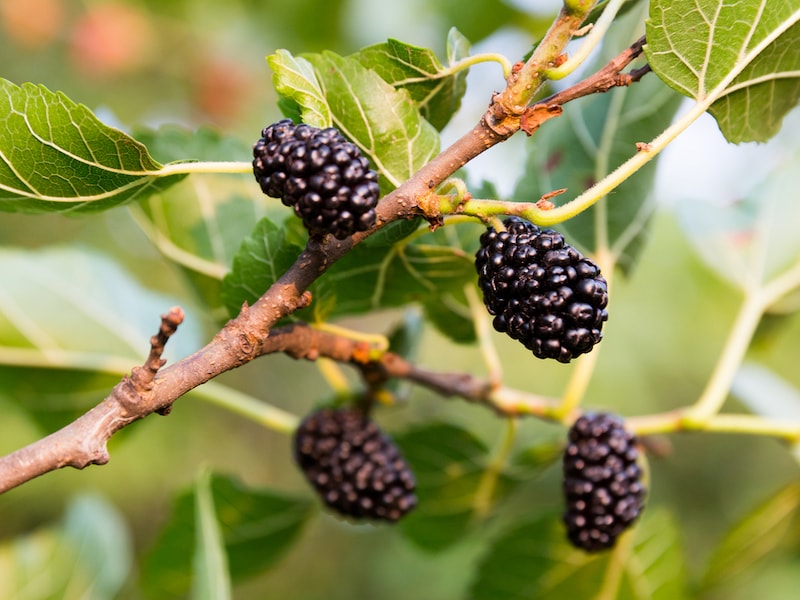




I have two mulberries in my garden a black and a white. the black fruits, albeit not prolifically, but the white shows no sign of it. I have read elsewhere that white mulberries do not fruit in the Uk. Do you actually have any that do?
Thank you for letting us know. I’ve removed the link.
This would be really useful if I was growing a mulberry, but this page is linked from the quince that I want to buy here: https://www.suttons.co.uk/vegetable-fruit-plants/all-fruits/quince-tree-vranja_MH-2073 as a ” quinces-mulberry-medlar-growing-guide”. There is no mention of quince (or medlar that I can see) here at all!
I bought one of those from you a few years ago and it’s producing much delicious fruits! I never get to preserve them, all eaten by that time… 😉
Shared your article in my newsletter, hopefully a few more people will read it! https://www.veg-geek.com/newsletters/11052022
Excellent article, I have been pondering over growing the plant, now I can as I have found out that it is suitable to plant one in a pot.
Many Thanks
S. Mehta